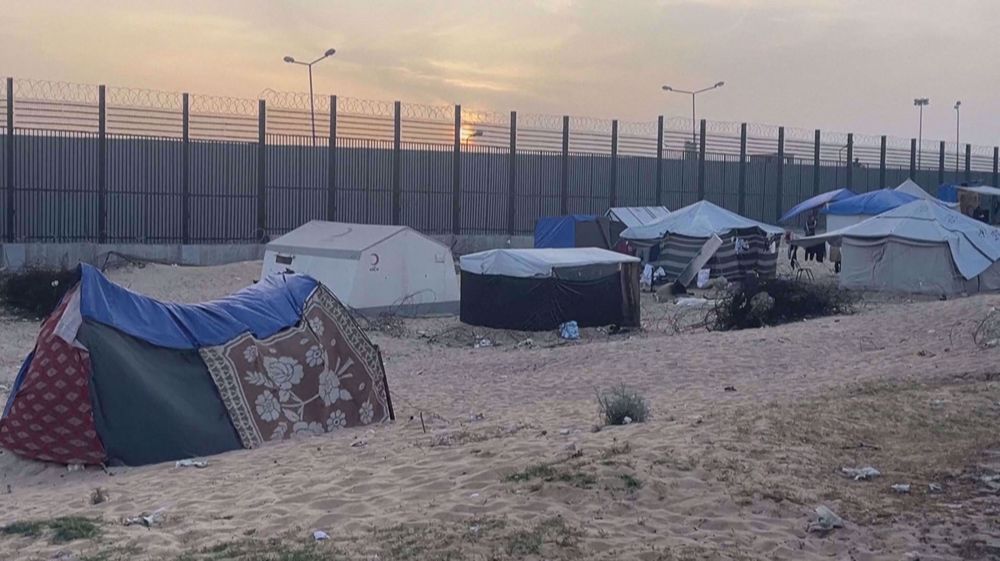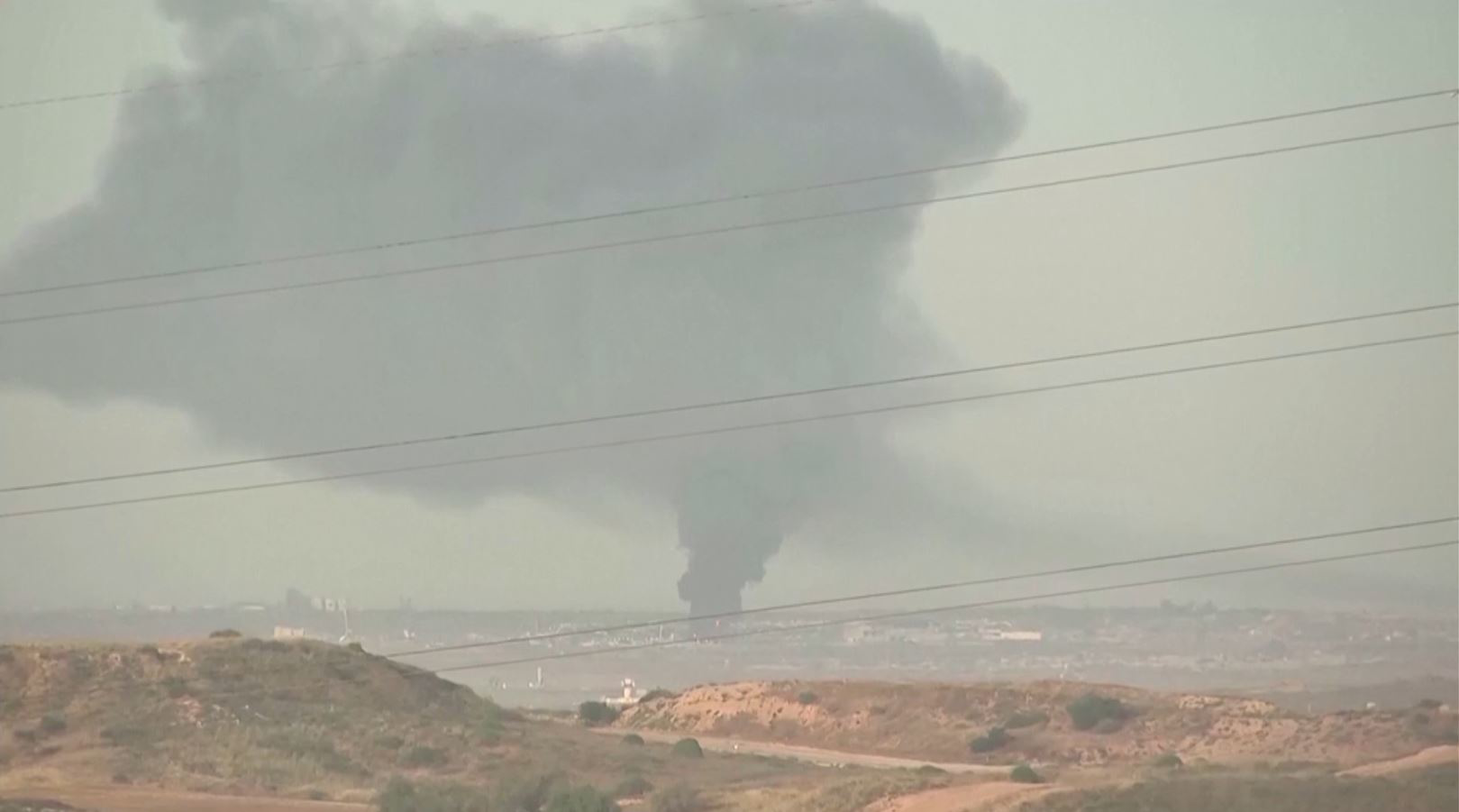Glowing red lava spews from fissures
Two weeks after fountains of lava and poisonous gas from Hawaii's Kilauea volcano forced hundreds of people to flee their homes in the middle of the night, things were only getting worse for residents on Friday following one of its largest eruptions and worst sulfur emissions.

As Kilauea simmered on Friday, oozing lava from 22 fissures on its eastern flank, residents of Pahoa on the Big Island exchanged their natural pasttime of whale watching for observing the lava bombs erupt in their back yards. The first evacuations came before dawn on May 3, when the volcano began its current cycle of eruptions and earthquakes.
Kilauea spewed ash nearly six miles (9 km) into the sky on Thursday in what scientists warned could be the first in a string of even more violent explosive eruptions.
Geologists say it remains unlikely Kilauea will have a massive eruption like that of 1790, which killed dozens of people in the deadliest such event to occur in what is now the United States.

Kilauea's falling lava lake has likely descended to a level at or below the water table, allowing water to run on to the top of its lava column and create steam-driven blasts, they said.
A spike in toxic sulfur dioxide gas levels has closed schools around the town of Pahoa, 25 miles (40 km) east of the volcano, where lava from giant cracks has destroyed 40 homes and other structures, and forced about 2,000 residents to flee.
Source: Reuters
Iran: Awakened world public opinion determined to stop Israel war crimes
US House speaker wants National Guard to quell pro-Palestine student protests
Iran, Russia sign MoU to strengthen security cooperation
VIDEO | Iran marks defeat of US military operation in Tabas Desert
VIDEO | Press TV's news headlines
US troopers crack down on pro-Palestinian protests at University of Texas
VIDEO | German warship departs Red Sea as EU 'naval mission' fails
VIDEO | Palestinians inspect rubble of destroyed building in Rafah









 This makes it easy to access the Press TV website
This makes it easy to access the Press TV website